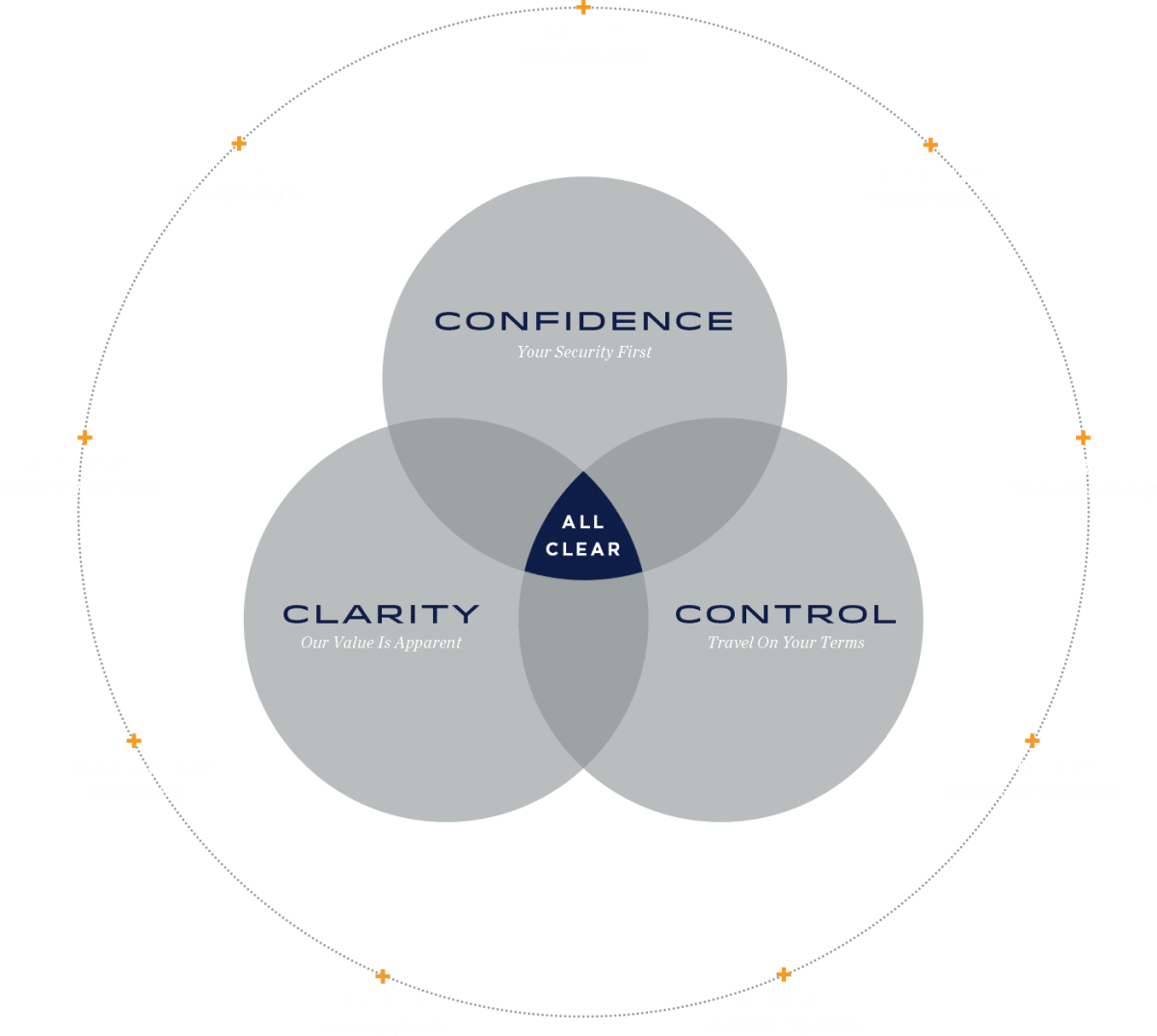Safety
Safety is more than a series of checkboxes.
It’s a mindset. A culture. A promise. And it is only assured when all systems are communicating clearly. This includes, most importantly, the communication between people. We have zero tolerance for ambiguity. And zero time for mediocrity.
It should go without saying that safety is our foremost priority.
But when it comes to your protection, we never hesitate to repeat ourselves. Our entire company is built around a top-down culture of safety that expects and encourages clear, open dialogue and constant innovation, empowering every team member to be an active contributor to the welfare of our passengers.
All flight crews are licensed and seasoned aviation professionals who undergo intensive screening and rigorous training twice yearly. Our maintenance experts follow stringent FAA guidelines in tandem with our own additional Wing criteria; furthermore, we utilize only FAA-certified technicians to ensure that all aircraft are meticulously serviced and maintained to manufacturer specifications.
Worth our weight in platinum.
Using Wing’s sophisticated Safety Management System (SMS), we reduce risk to a level that is as low as is reasonably practicable throughout every aspect of operations, and we prepare for all contingencies. We utilize state-of-the art tech, yet always rely on our instincts. We perform both routine and random testing. We implement criteria systematically, measure persistently, evaluate holistically, and refine obsessively. And our efforts have been rewarded by the most prestigious auditors in the industry.
Wing is one of only a few Part 135 air charter operators in the United States to achieve IS-BAO Stage III registration, WYVERN Wingman along with the ARG/US Platinum Rating. These aviation safety auditing standards are the most widely recognized confirmation of quality for aircraft operations.




